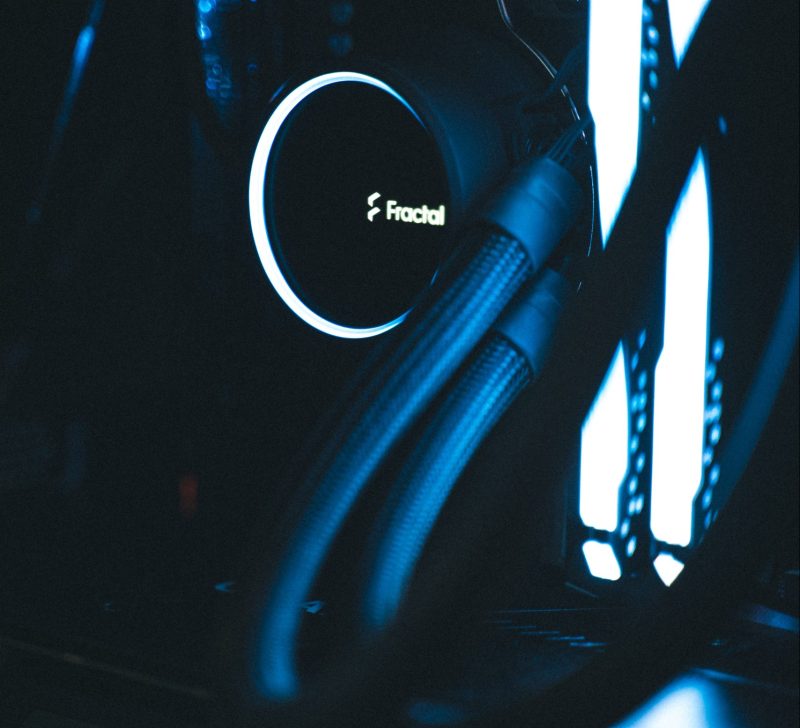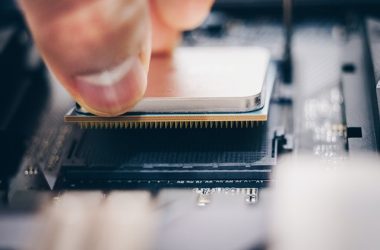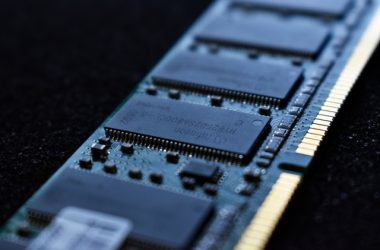Since the advent of personal computing, PCs have used cooling mechanisms to ventilate the CPU case and dissipate heat generated by a PC’s internal components. The earliest personal computers used a basic solution which usually included a single fan to facilitate airflow throughout the case.
But with today’s high-performance CPUs, RAMs, GPUs, and the ability to overclock these components, it’s crucial to provide an optimized cooling solution that facilitates the peak performance of these critical components. And an AIO Cooler does just that.
A car’s engine cooling system is an excellent analogy of what an AIO cooler is and does. As in a vehicle, an AIO assembly includes a radiator, cooling fans, a pump, and a cooling fluid (like a car’s coolant) in a closed loop.
AIO stands for “all-in-one,” and true to its name, an AIO cooler is designed to provide a cooling solution for your entire setup. It mainly works by introducing a fluid as a means of channeling heat away from your CPU.
How do AIO coolers work?
A copper base plate captures CPU-generated heat, which is then transferred to the coolant inside. The heated coolant is pumped away from the base plate via tubes into the radiator, where installed fans lower the coolant’s temperature by blowing air onto the radiator fins surrounding the tubes. The cooler liquid is again circulated towards the base plate (to capture more heat), and the process continues.
Hmm, so AIO coolers are water coolers, right?
Well, yes and no. For one thing, the fluid used for AIO coolers is typically a combination of some thermally conductive liquid and pure water. Second, unlike custom liquid cooling loops, AIO coolers are standardized, meaning that they are smaller in scale and are built to be compatible with many different types of systems without significant modifications to either the cooler itself or the case you will install it on.
Oh, and because the radiator, along with its fans, is often mounted on one side of the PC case, it doubles as another source of airflow for the entire system. Hence, all-in-one.
You can place it upfront or above and configure the fans to suck in air from the outside. Or, what is usually the better setup, is to flip the fans and push air outward so that heat from both the PC and radiator are pushed outside the case.
An AIO cooler’s size depends on the size of its radiator, which is a function of the number of 120mm fans that would fit on them. For example:
- A 120-rad (radiator) means an AIO unit with a radiator that can fit a single 120mm case fan.
- A 240-rad means a wider unit with two fans.
- And a 360-rad with three fans.
- AIO coolers generally use static pressure fans or fans optimized for pushing air through a medium.
How to install AIO coolers?
To install most AIO coolers, you need to follow these simple, straightforward steps:
- Plan. Installing an AIO cooler can be tricky, especially if your PC case is cramped for space. So, before you begin, it is best to take some time and plan the installation, taking into account where you want to position the radiator, where will the power cable pass through, and where you will place the tubes.
- Choosing a tubing orientation is very important. If you install the radiator vertically, the complete base plate and pump unit should be lower than the inlet/outlet connectors on the radiator. Besides the coolant, most AIO coolers keep some air inside the coolant lines; the air will remain at the base plate if it’s higher than the tube connections on the radiator. As a result, the base plate won’t transfer the heat to the coolant, compromising the integrity of the cooling unit. Also, the pump will wear out quicker, setting up the AIO cooler for complete failure.
- Check which side you are going to install the radiator. Ensure enough clearance for the radiator (width and thickness), the case fans, and other hardware that might use the space behind it (such as GPUs and the PSU).
- Screw the base plate into the cooler mounting bracket of the CPU as per the specific instructions provided with the AIO cooler. (You must preferably install the motherboard on the case before beginning with the AIO)
- Install the fans behind the radiator, and mount the radiator on the CPU case.
- Lastly, connect the fan plug of the AIO to the appropriate header. This is also the best time to check all other extra features (RGB, miniature LCDs).
AIO coolers versus air coolers
The biggest argument for AIO coolers, when compared to air coolers, is relative performance.
… for a good long while, at least.
Nowadays, AIO and modern air coolers have similar average cooling performance required to prevent CPU thermal throttling. Yes, this extends even up to the most notorious solar furnaces of the CPU product stack line today.
Nonetheless, there are still a few notable pros and cons of AIO coolers when pitted against the traditional PC cooling solution:
Pros:
- Hardware positional clearance – with only a base plate to screw in your CPU mounting holes, you don’t have to dedicate a big area of your case to keep your CPU cooled. Higher-end motherboards, for example, may have beefy VRM heatsinks that can limit the maximum size of your potential air cooler.
- It fits smaller and unique form factors with negligible performance drawbacks – again, the combination of a smaller base plate and a free-standing radiator works wonders in many weirder PC cases, such as Thermaltake’s Tower case series or the previously controversial NZXT H1 case.
- Potentially less noise – while AIO coolers typically use static pressure fans, the bigger radiator and liquid cooling system allow for slower fan RPMs, leading to lower noise levels for about the same, or better, rate of temperature control.
- It looks nicer – liquid AIOs generally look much cooler (pun intended) than traditional, blocky air coolers. Some models have fancy, configurable base plates for even better rig swag.
Cons:
- So much more expensive than air coolers – if all the above pros are of no issue, there is no reason for any PC builder to invest in an AIO, especially when very cost-competitive coolers (among other air coolers) like the Arctic Freezer 34 eSports Duo can cool super high-end builds just as effectively.
- Zero risk of leaks – horror posts online showing leaked AIO coolers destroying their systems are a very, very small minority. For the whole generational life of your system (until it becomes effectively obsolete), good AIO coolers can usually last without any hitches. That being said… the probability of a cascading failure is never zero. As for air coolers, the worst they can do is a broken fan, which would simply throttle the CPU down or auto-shutdown the system to prevent component damage.
- It can last almost indefinitely – apart from the easily replaceable mounting fan, air coolers are just a hunk of aluminum. Keep it well-dusted, and it will last indefinitely. Well… there’s the issue of their mounting brackets becoming obsolete for future motherboards, but companies like Noctua and Arctic have recently proven that it is a very solvable issue.





